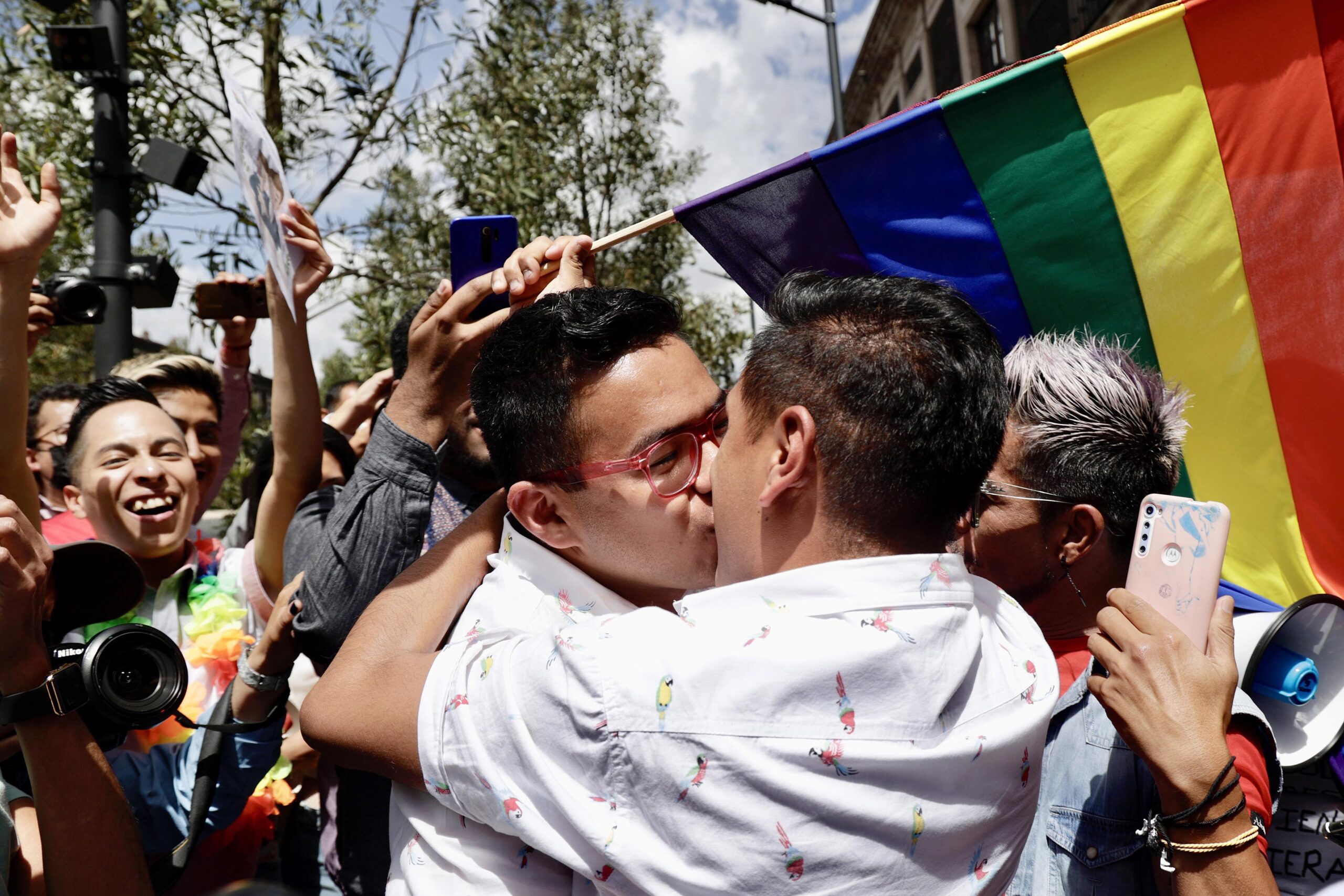Same-Sex Marriage Through History
Same-sex Marriage is becoming more and more prevalent, particularly in the west. But, the LGBTQ+ community endured a turbulent history to get where we are today
According to some, same-sex marriage is a distinctly modern phenomenon. It was undoubtedly “newer than cellphones or the internet,” as US Supreme Court Justice Samuel Alito declared in 2013, before casting his vote against it. He is correct. Many people have still never met a married gay couple, not even in the western world.
Same-sex couples, enslaved couples, mixed-race couples, self-divorcing people and polygamists may or may not have had the state’s blessing, but they all existed. Although many of these observers argued such unions were impossible, historical same-sex couples might also be perceived as ‘like’ or ‘as’ man and wife even when they were not spoken of by contemporaries as having sex.
Historical records of same-sex marriages—typically written by observers, not the participants—raise significant interpretive issues today, much as the definition of marriage has evolved and been debated through time. The way they are currently presented reflects the malleability of history itself.
By and large, people assume that gay marriage is a new phenomenon. The current movement for marital equality did not start to gain traction until the 1990s, and it was not until 2000 that the Netherlands became the first country in the world to legalise same-sex unions. And, of course, its stated legalisation is new.
Yet, this does not preclude the discussion of homosexual weddings prior to the twenty-first century. Marriage is not merely a construct of the law. Several couples in the past just got married themselves, without any official ceremony, in spite of rulers and priests’ ongoing attempts to define and regulate matrimony. The Christian church defined the idea that a man and woman merely needed to exchange vows for their union to be irrevocable in the 12th century. No priest, witnesses, or ceremony was required. The marriage was created by the couple themselves.
This was initially a taboo and illegal situation: families were expected to be headed by men and it was usually impossible for two women to live together autonomously throughout medieval and Renaissance Europe.
Nonetheless, there were a few instances of women living in a marriage with other women in the 16th century while disguising themselves as males. Examples of such ‘female husbands’ become considerably easier to uncover after 1600, as the Dutch researchers Rudolf Dekker and Lotte van de Pol discovered, particularly in England, Germany and Holland.
Legislation of gay marriage is still a dream to some queer people based on the location they are in and the level of homophobia entrenched in the constitution. Currently, 30 nations and territories, predominantly in Europe and the Americas, have passed national laws allowing gay marriage. Certain legal systems in Mexico permit same-sex unions, while others do not.
Throughout history, advocates for same-sex marriage generally held that committed relationships involving sexual intimacy are valuable because they draw individuals together to a unique degree and in unique ways, as opposed to the procreative model of marriage.
These interactions are intrinsically valuable and substantially different from (though not incompatible with) activities related to childbearing or childrearing. One of the many things that bind adults together into stable family groupings is sexual relationships.
These houses, in turn, serve as the cornerstone of a flourishing society, one that, incidentally, is likely to safeguard minors, the elderly and other groups that may be relatively powerless.
Comments are closed.



